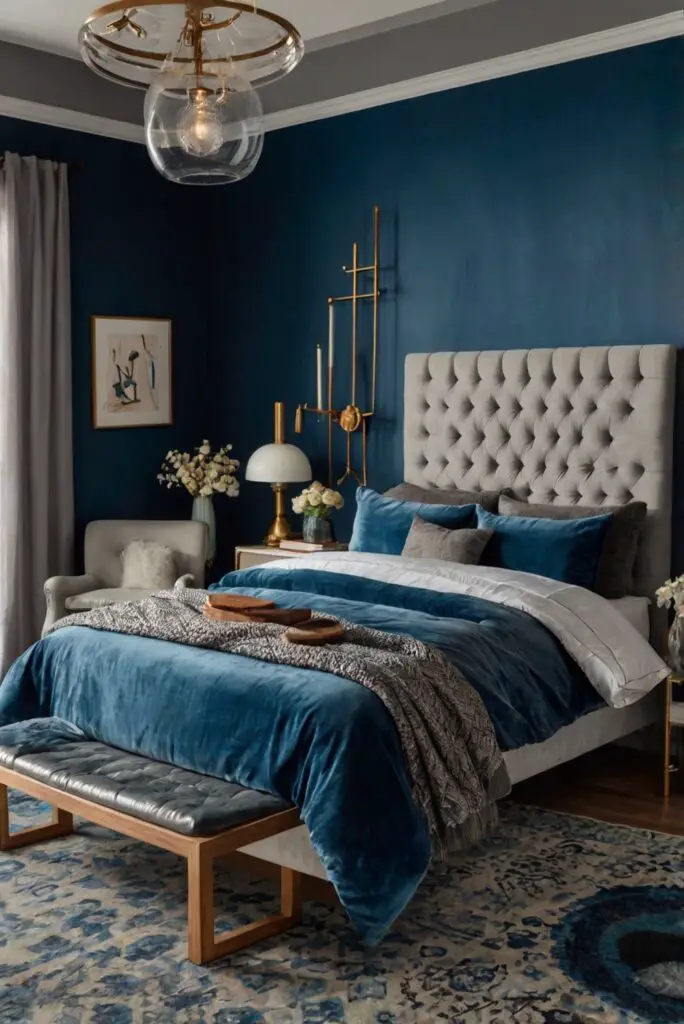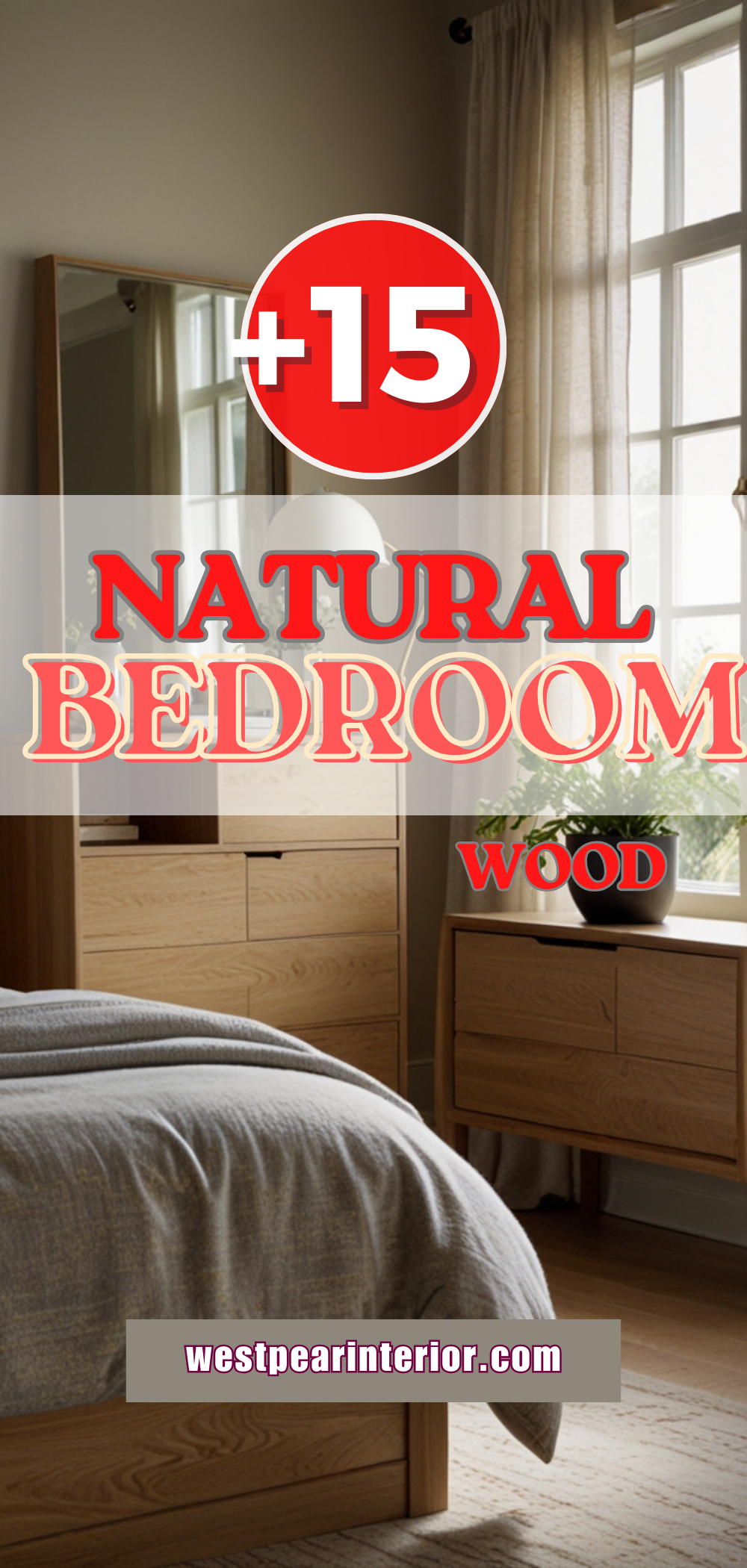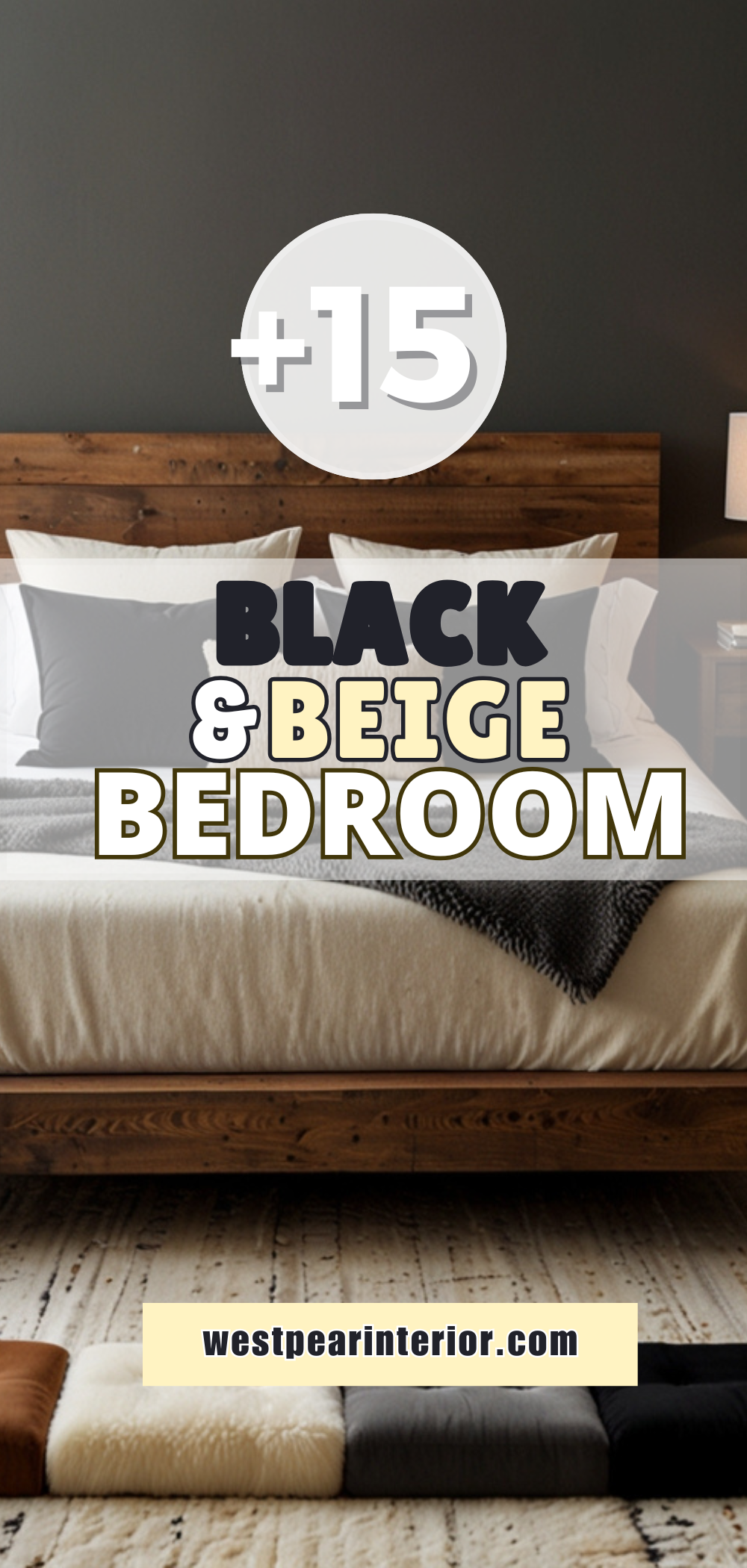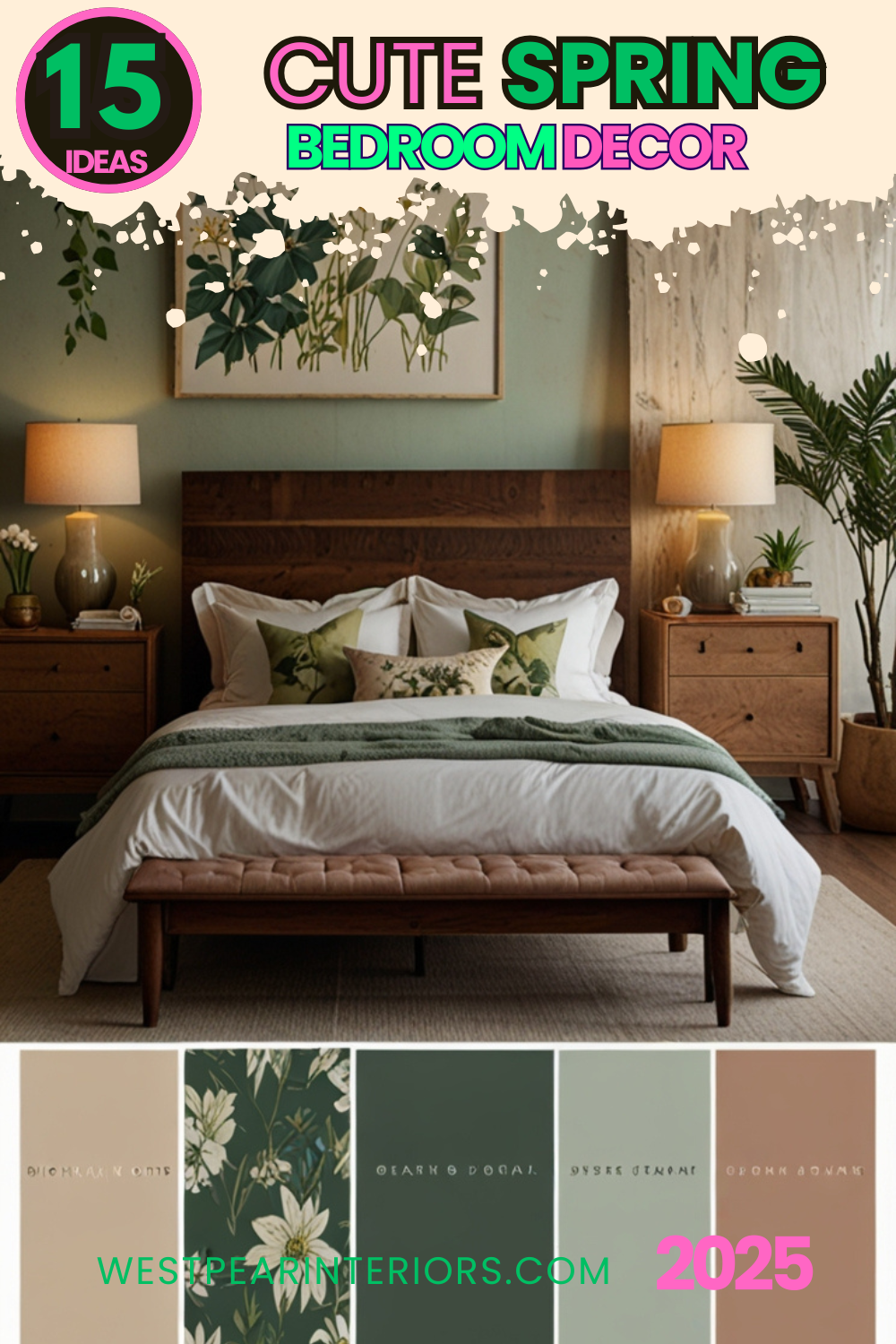Discover simple yet effective tips to transform your bedroom into a spacious sanctuary. Maximize your space and boost your comfort.
To make your bedroom feel more spacious, start by decluttering and organizing. Use furniture that serves multiple purposes, such as a bed with built-in storage or a foldable desk. Opt for light, neutral colors on the walls and ceiling to create a sense of openness. Mirrors can also help to reflect light and make the room appear larger. Consider adding shelves or wall-mounted storage to keep surfaces clear. Choose furniture with exposed legs to create the illusion of more floor space. Lastly, make sure the room has adequate lighting to enhance the overall feel of spaciousness.
To maximize storage space in a small bedroom, consider utilizing multifunctional furniture such as a bed with built-in drawers or shelves. Opt for vertical storage solutions like tall bookcases or wall-mounted shelves. Utilize under-bed storage containers for items that are not frequently used. Consider investing in a wardrobe or closet organizer to maximize closet space. Utilize hooks or over-the-door organizers for additional storage. Keep clutter to a minimum by regularly decluttering and organizing your belongings. Utilize the space under windows or above door frames for additional storage.
My Lovely Spring Paint for 2025
Ready for a Spring Makeover? Explore the Freshest 2025 Paint Trends!
White Sage/Green SW Pistachio green Soft blue Honeysweet/Orange Pink Sugar Sage Tint BMAs an Amazon Associate, I may earn a commission from qualifying purchases at no extra cost to you.
Color schemes can play a significant role in making a bedroom feel more spacious. Light and neutral colors such as whites, creams, grays, and pastels can make a room feel airy and open. Avoid dark and heavy colors as they can make a space feel smaller. Use a monochromatic color scheme to create a cohesive and spacious look. Consider using colors that reflect light, such as soft blues or pale yellows, to enhance the feeling of space. Incorporate pops of color through accessories or artwork to add visual interest without overwhelming the space.
Mirrors can be an effective tool to create the illusion of a larger space in a bedroom. Place a large mirror opposite a window to reflect natural light and make the room appear brighter and more spacious. Use mirrors on closet doors or as a decorative accent to add depth to the room. Consider using mirrored furniture or accessories to further enhance the illusion of space. Avoid placing mirrors facing each other as it can create a disorienting effect. Strategic placement of mirrors can visually expand the perceived size of a bedroom.
When furnishing a small bedroom, opt for furniture pieces that are proportionate to the room size. Choose furniture with clean lines and a streamlined design to create a sense of openness. Consider multipurpose furniture such as a daybed that can double as a sofa or a storage ottoman that provides seating and additional storage. Avoid bulky furniture that can overwhelm the space. Opt for furniture with legs to create a sense of lightness and openness. Consider built-in or wall-mounted furniture to maximize floor space and create a tidy and uncluttered look.
My fAV Spring DECOR for 2025
Discover Spring’s Best 2025 Decor Combinations – Perfect for Any Room!
Oversized Indoor Plants White Curved Sofas Rugs BOH Brown Cream Moroccan Hype Boho Rug Outdoor Patio Furniture Sets Topfinel Pillow CoversAs an Amazon Associate, I may earn a commission from qualifying purchases at no extra cost to you.
To create a cozy atmosphere in a spacious bedroom without making it feel crowded, focus on layering textures and soft furnishings. Use plush rugs, throw blankets, and cushions to add warmth and coziness. Incorporate curtains or drapes in soft fabrics to create a sense of intimacy. Add ambient lighting such as table lamps, floor lamps, or string lights to create a relaxed and inviting atmosphere. Consider incorporating a reading nook or seating area with comfortable chairs or a chaise lounge. Personalize the space with artwork, photographs, and decorative accessories that reflect your style and personality.
Lighting can significantly impact the perceived size of a bedroom. Incorporate a combination of ambient, task, and accent lighting to create depth and dimension. Use overhead lighting with dimmer switches to control the brightness and mood of the room. Consider installing wall sconces or bedside lamps for task lighting. Use recessed lighting or track lighting to highlight architectural features or artwork. Incorporate floor lamps or uplights to illuminate dark corners and visually expand the space. Avoid harsh or direct lighting that can create shadows and make the room feel smaller.
Multi-functional furniture is a practical solution to save space in a bedroom. Consider a trundle bed that provides an extra sleeping space for guests or a sofa bed that can be used as seating during the day and a bed at night. Opt for a desk with built-in storage or a fold-down desk that can be tucked away when not in use. Choose a storage ottoman that serves as a seat, a footrest, and storage for blankets or pillows. Consider a wall bed that folds up to free up floor space during the day. Utilize furniture that can adapt to different functions to maximize space and enhance functionality in a small bedroom.
When aiming to make your bedroom feel more spacious, implementing these strategies can help create a comfortable and inviting environment that maximizes both style and functionality.
Key Takeaways
– Multifunctional furniture such as beds with built-in storage can optimize space in a small bedroom.
– Light and neutral color schemes can make a room feel more open and spacious.
– Mirrors reflect light and create the illusion of a larger space in a bedroom.
– Choose furniture with clean lines and legs to create a sense of openness and lightness.
– Layer textures and soft furnishings to create a cozy atmosphere in a spacious bedroom.
– Proper lighting techniques can enhance the perceived size of a bedroom.
– Incorporating multi-functional furniture can save space and increase functionality in a bedroom.







